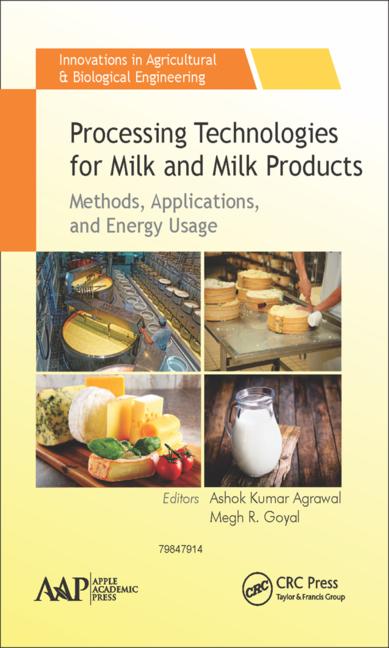
But making milk more fun in restaurants is just what the white stuff needs. Historically, milk has been viewed by the foodservice industry as a commodity, an uninteresting beverage to consumers. That should all change with the introduction of flavored straws.
A recent foodservice test conducted by the Milk Processor Education Program (MilkPEP) showed a 776% increase in milk sales at upscale/casual restaurants when flavored straws were offered to kids. The test used SipAhh® Flavored Straws, which are individually wrapped clear tubes that contain flavored confection beads, so that when milk is sipped through the straws, the milk becomes flavored either with banana, caramel, chocolate or strawberry.

Such straws, or similar straws where flavor, color and even scents are embedded in plastic tubing, have the potential to increase retail milk sales of the white gallon. at minimal additional cost to the milk marketer.
Imagine the innovative merchandising opportunities with such straws. For example, a fluid milk marketer might poly-bag a dozen straws in a variety of flavors, and merchandise them around a gallon's neck ring.
Straws can provide play value to singe-serve aseptic packages, too. The new Sensory Straw sprays inside the mouth instead of just pouring. Targeted primarily to tweens, the difference between a traditional straw and the Sensory Straw is that while the first is a plain tube, the Sensory Straw has a flat top with four small holes instead of a single large one. This configuration makes the liquid flow in four directions in the mouth at the same time, providing a tickling drinking experience.
In a consumer test, 72% of kids 8- to 14-years-old preferred the Sensory Straw to the traditional straw when used with aseptic containers.
For kids, straws provide excitement and interactivity. For milk marketers, innovative straws create a point of differentiation at a very low cost.

